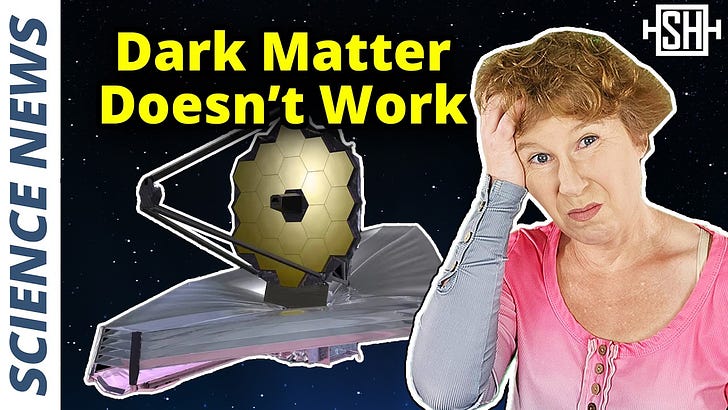You are to be forgiven if you don’t see the difference between a “beautiful theory” and an “ugly theory”.
Einstein’s General Relativity is a beautiful theory because it can be described simply in words, and those words lead in turn to horrendously intractable mathematics. The words are that the density of energy (including mass, momentum, and pressure) creates a proportional curvature of the fabric of space-time, and what appears to us as “gravity” is just the result of objects following the straightest possible path in space-time that is curved.
Mordehai Milgrom’s MOdified Newtonian Dynamics, or MOND, is an ugly theory because it simply fits the observed motions of astronomical objects to an empirical curve, without any attempt to understand why the world should behave in this particular way. Newton’s gravity, as you know, is inversely proportional to the square of the distance from a gravitating object. And MOND adds a tiny extra term that says: when the force of gravity gets very small, it decreases a little less rapidly than the inverse square law, until it starts to look like 1/R instead of 1/R2.
The equations of MOND are easy to solve. The equations of General Relativity are so hard to solve that the world’s largest computers can only handle some very simple cases. (They’re simple because they’re symmetrical, and all but 3 of the original 64 coupled partial differential equations become moot.)
Textbooks have been written on GR. Thousands of physicists have devoted their lives to either theoretical GR or observational GR.
MOND provides a sustenance for almost no one. It is a backwater.
For ordinary gravity in ordinary situations, MOND and GR agree. There’s no way to tell them apart. Even for the small differences where the real world is observed to depart ever-so-slightly from Newtonian gravity, MOND and GR give the same predictions about the small departure. So everyone preferred the beautiful theory over the ugly theory that predicts the same thing.
Then, starting two years ago, a funny thing happened. The James Webb Space Telescope started sending back pictures from the very early universe. The expansion of the universe has red-shifted light from this era so much that the common visible light of stars appears as infrared, and until now, we had no telescopes tuned to infrared. But infrared is the specialty of JWST, so now we can see into the distant past, the first few billion years after the Big Bang.
It has been reported that what we see is very different from what we expected. There were big, fully-developed galaxies already 1 billion years after the Big Bang. Lots of ink has been spilled over the fact that, according to GR, these galaxies should have taken 6 to 8 billion years to form. GR can’t explain these observations of well-developed galaxies in the early years of the Big Bang.
The whole astronomy community is abuzz with ways to tweak our theories based on GR to make them compatible with what JWST is showing us.
What no one is saying is: The JWST picture is just what MOND predicted 30 years ago. No one is willing to talk about MOND, presumably because it is an ugly theory.
Now you’re ready to listen to what Sabine Hossenfelder has to say about this situation.




Caveats to everything I've said hear, lucidly explained by Dr Becky.
https://www.youtube.com/watch?v=HJ8F0pfNTgM
Thank you, Josh. I spent about 17 minutes reading half the Wikipedia on MOND, then watched the video. It seems that the black-box of dark-matter allowed for a theory which worked well in all applications, and it is human nature to want to have already solved the big problems.
There is naturally vast investment and inertia against a paradigm shift to an incomplete framework that is risky to experiment in, very out-of-the-box.
As you know, academia loves comfort and hates sweating bullets of really not knowing and really having to come up with something new.
I sympathize, of course, but I have been maltreated by this mindset, even though it never threatened my life or health... Others have fared and are faring worse.
Even the comfortable should directly face reality, sooner rather than later, for even their own good.